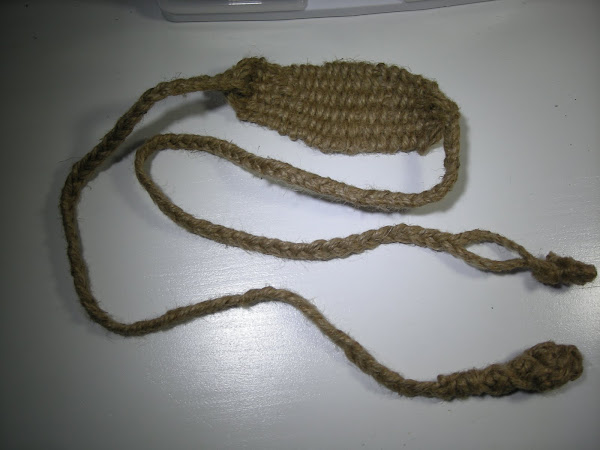
One of the reasons I named this blog "Romance Country Forge" is because I am crazy about knives and I have always wanted to make forged knives rather than stock removal knives. I am now learning to forge knives and heat treat them correctly. I am making progess but it is very slow and sometimes confusing. The knife makers all have a different idea about how to heat treat a blade. They have great looking knives and all swear they know the secret. I wonder. It confuses me when I hear knife gurus with different formulas. Must you anneal the steel before you start working it on the anvil? Some say yes, some normalize only, and some throw the steel in the fire and start hammering with no foreplay at all. How many times should you quench, temper, or normalize??? Does it DO anything when you point the blade to magnetic north to cool? So many conflicting answers. I see other blogs and websites raise some of the same questions. It is nice to know that others are confused as well. I have struggled with heat treating. It is very complex with more variables than all the math teachers I have ever known. I have made a few blades that I thought were good and I have cracked, broken, and burned a lot of steel as well. The three broken blades on the opening photo are but a few of my victims.
Another thing that bothers me is the controversy over Primative vs. Spaceage techknowledgy. One argues that you should not use electricity, grinders, gas forges, or new steel. The other argues that you must have every gadet and tool available and a degree in metalurgy to make the best possible knife. I am thinking there is middle ground. I lean toward the primatives. Not because of any shared core belief but because I like to make things, because of the simplicity, and because I have always believed that building on basic knowledge will get you where you want to go. I built my forge and anvil from scrap but there is electricity and modern tools in my shop, too. I like to recycle steel for several reasons i.e. it is cheap, I have bins and buckets full of plow bits, disc blades, files, and old tools and it is ecologically sound. In spite of this I have been thinking about buying one type of steel and using it exclusively to remove some of the variables out of the heat treating equation until I learn what I am doing. Haven't decided yet. Here are a couple knives that I forged that I am proud of.




The big skinner went to my brother-in-law. He is a deer hunter. He told me what he wanted and seemed happy with it. After he got back from deer camp last week I was very pleased that he called me to tell me how well the knife performed. The second little knife is one that I made for myself. I wanted a good knife to butcher rabbits. I like it. I rarely have to sharpen or touch-up the blade. My wife likes it,too, and I have to hide it. I promised to make her a couple of knives and I will put plastic or composite handle scales on them as she puts knives in the dishwasher (shudder).
\




